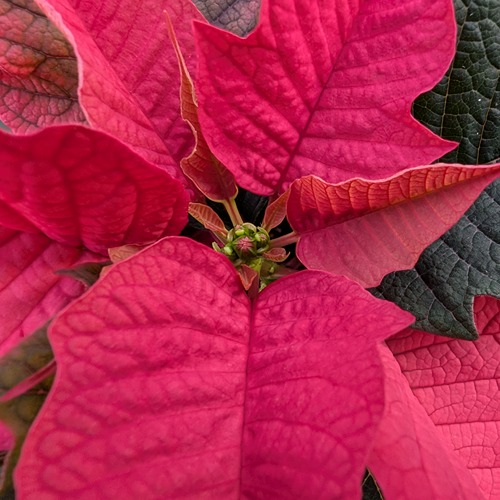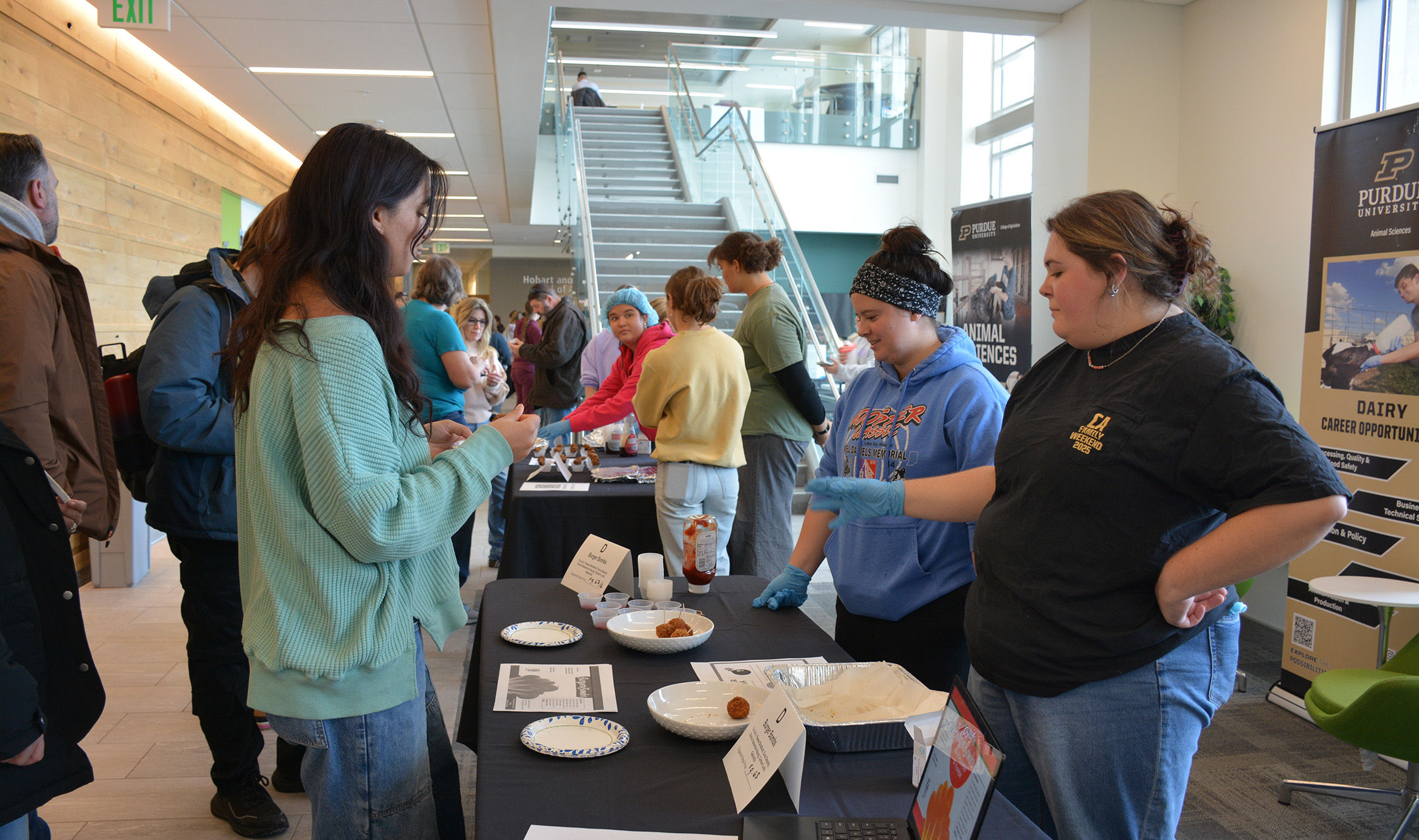Microbiome Symposium to explore relationship between data science and the microbiome
Purdue University on May 9-11 will host the second annual Microbiome Symposium. The symposium will investigate the application of data science in the study of microbiomes and how experimental data and computational data can be leveraged to learn more about microbiome systems.
“Given Purdue’s strength in computer and data science, I am excited for the emphasis on bioinformatics and data science at this year’s symposium,” said Timothy Johnson, assistant professor in the Department of Animal Sciences and a conference organizer. “I hope the meeting can identify current computational needs in complex biological systems that can be answered by collaboration between microbiologists and computer scientists.”
Dr. James Hamblin will kick off the three-day event on Monday evening with a keynote speech that is open to the public. Hamblin, a former staff writer at The Atlantic, hosted the video series “If Our Bodies Could Talk.,” a three-part miniseries in which he explored the relationship between human health and the microbiome in personal hygiene, food and pharmaceuticals. The miniseries’ popular video, “You Probably Don’t Need to Shower,” investigates personal hygiene products and microbe health.
Tuesday and Wednesday will feature numerous speakers addressing topics at the forefront of microbiome research and data science, a student poster session, and networking and professional development opportunities.
Speakers at the conference are:
- Greg Caporaso, associate professor at Northern Arizona University and co-director of its Pathogen and Microbiome Institute.
- Jennifer Pett-Ridge, senior staff scientist at Lawrence Livermore National Laboratory.
- Andy Benson, professor at the University of Nebraska’s Food for Health Center.
- Amy Willis, assistant professor at University of Washington and co-principal investigator of the Statistical Diversity Lab.
Stephen Lindemann, associate professor in Purdue’s Department of Food Science, says that despite two years of cancellations due to the COVID-19 pandemic, he hopes to capitalize on the excitement from 2019’s inaugural symposium by continuing the conversation about the microbiome with academia and industry attendees.
“We’re very excited for this symposium as it promises to bring together cutting-edge systems biology research in new ways to measure microbiome function with novel computational approaches to draw responsible conclusions from big biological data.” Lindemann said. “We hope to attract a diverse group of scientists to join the conversation.”
Additional information, including registration, is available online. Follow @Boilermicrobes on Twitter for upcoming information on the symposium.





